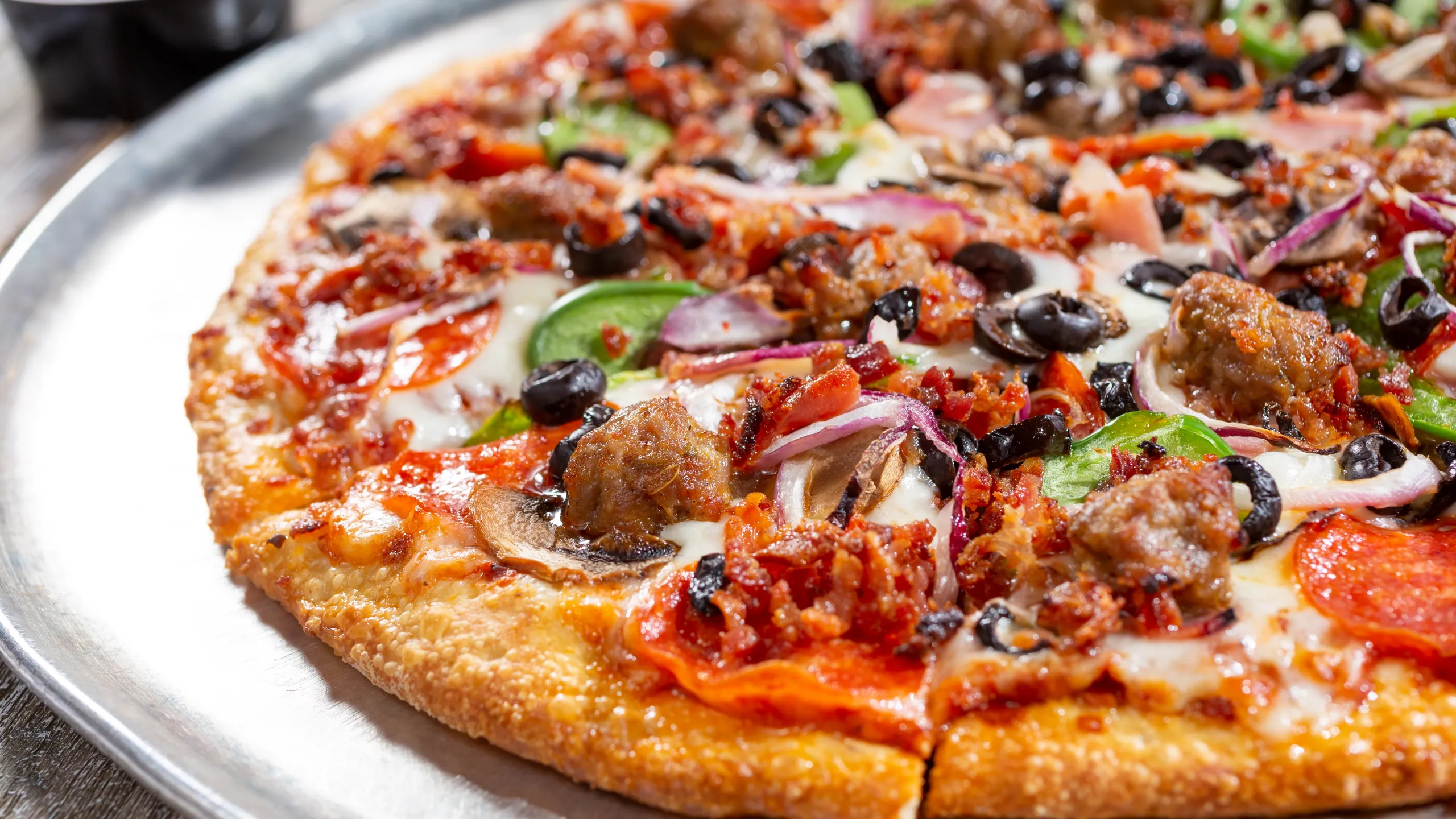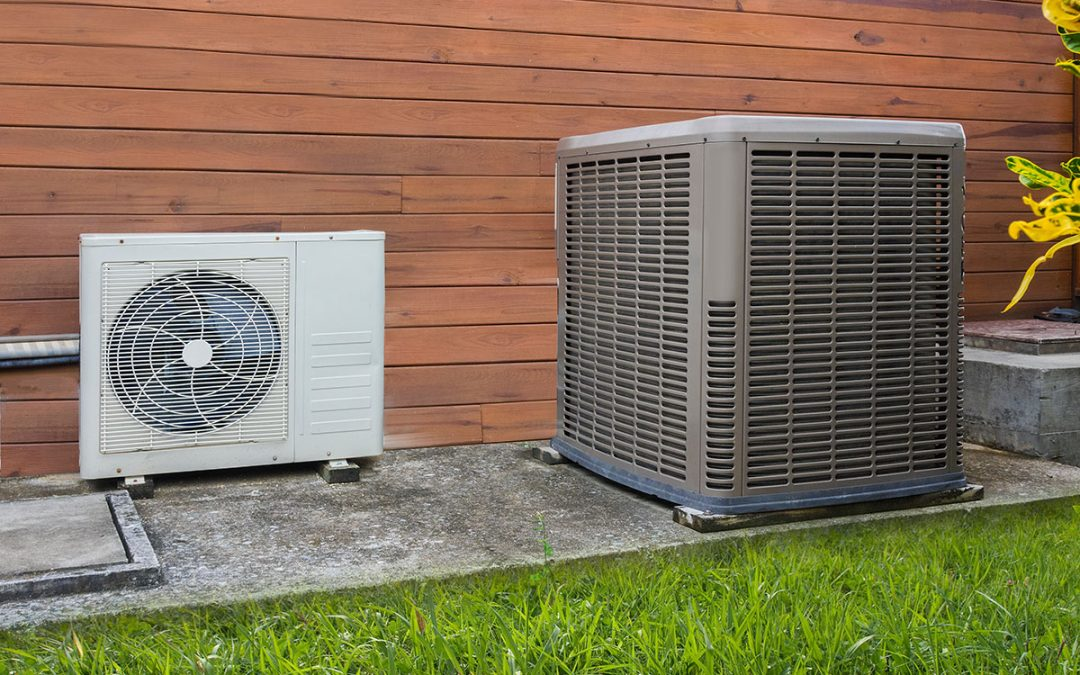Pizza is one of those foods we love eating fresh but often enjoy even more the next day. Whether you ordered delivery after a long day, baked it at home, or grabbed a few slices at a party, chances are you’ve wondered: how long does pizza last in the fridge? Storing pizza correctly is not just about taste; it’s also about food safety. Leftover pizza can either be a delicious snack or a risky bite depending on how you handle it.
In this guide, you’ll learn everything you need to know about pizza storage, from how long it’s safe to refrigerate, the factors that affect its freshness, signs of spoilage, and the best ways to reheat it.
Why Pizza Storage Matters
You might think pizza is just bread, cheese, and toppings, but it’s actually a mix of perishable ingredients. Cheese, meats, and vegetables all have different shelf lives, and when combined, they can spoil faster than expected.
Foodborne illnesses like salmonella and listeria often stem from dairy and meats, so mishandling leftover pizza increases the risk. According to the USDA, perishable foods left at room temperature for more than two hours can enter the “danger zone” (40°F–140°F), where bacteria grow rapidly.
That means tossing your pizza box on the counter overnight isn’t a good idea—even if it still looks edible.
The General Rule – How Long Pizza Lasts in the Fridge
When stored properly, pizza usually lasts 3 to 4 days in the fridge. After that, bacteria growth increases significantly, and even reheating might not make it safe to eat.
Both delivery and homemade pizza follow this same timeline, though toppings can slightly change how quickly they spoil. For example, seafood pizzas or those loaded with fresh greens tend to have a shorter lifespan than a simple cheese slice.
Here’s a quick breakdown:
| Pizza Type | Fridge (≤40°F) | Freezer (≤0°F) |
| Cheese Pizza | 3–4 days | 1–2 months |
| Meat Pizza | 3–4 days | 1–2 months |
| Veggie Pizza | 3–4 days | 1–2 months |
| Homemade Pizza | 3–4 days | 2–3 months |
Factors That Affect How Long Pizza Lasts
Not all pizza leftovers are equal. The shelf life depends on a few important factors:
- Storage method – Leaving pizza in its cardboard box can dry it out and expose it to bacteria. Airtight containers keep it fresher.
- Temperature control – Your fridge should stay below 40°F. Anything higher reduces safe storage time.
- Ingredients – Pizza topped with seafood, chicken, or soft cheeses can spoil faster. Vegetarian pizzas tend to last slightly longer.
- Moisture levels – Too much sauce or cheese can create soggy conditions that encourage mold growth.
Signs Your Pizza Has Gone Bad
If you’re unsure whether your pizza is still good, trust your senses. Spoiled pizza usually shows clear signs:
- Appearance: Mold spots, discoloration, or slimy toppings.
- Smell: Sour, rancid, or unusual odors.
- Texture: Crust that feels soggy, rubbery, or slimy.
- Taste: Off flavors are a sure sign—if it tastes strange, don’t risk it.
Eating spoiled pizza can cause food poisoning symptoms like stomach cramps, nausea, vomiting, and diarrhea. When in doubt, it’s better to toss it.
Best Practices for Storing Pizza in the Fridge
Want to enjoy leftovers safely and keep them tasting fresh? Follow these tips:
- Cool it first: Let pizza cool for about 30 minutes before refrigerating. Putting hot food directly in the fridge can raise the temperature of surrounding items.
- Wrap it well: Use plastic wrap, foil, or airtight containers instead of just leaving it in the box.
- Stack smartly: Place parchment paper between slices to keep them from sticking together.
- Reheat safely: The oven at 375°F for 10 minutes or a skillet on medium heat works best. For microwaves, put a small cup of water inside to prevent a chewy crust.
Can You Freeze Pizza for Longer Storage?
Yes, pizza freezes well and can last up to 2–3 months without losing too much flavor. Freezing works best if you wrap slices individually in foil or freezer-safe wrap and then place them in a zip-lock bag.
When you’re ready to eat, thaw pizza in the fridge overnight and reheat in the oven for best results. Avoid thawing at room temperature, as that can encourage bacterial growth.
Case Study – Fresh Pizza vs. Leftover Pizza Longevity
To test how long pizza really lasts, let’s look at two examples:
- Homemade Margherita Pizza: Stored in an airtight container, it stayed fresh for 4 days. On day 5, mold started to appear.
- Takeout Pepperoni Pizza: Stored in its box, it dried out and developed a sour smell by day 3.
The lesson? Proper storage makes a big difference. Pizza kept in airtight containers clearly lasted longer than slices left in the box.
FAQs About Pizza Storage
Can you eat pizza left out overnight?
No. If pizza sat out longer than two hours, it’s unsafe to eat.
Is cold pizza safe from the fridge?
Yes, as long as it’s within the 3–4 day window and stored properly.
Can reheating kill bacteria?
Reheating kills some bacteria, but toxins from bacteria like Staphylococcus aureus aren’t destroyed by heat.
How long does delivery pizza last compared to homemade?
Both last about the same, but homemade pizza may last slightly longer since you control the ingredients and storage.
Final Thoughts on How Long Pizza Lasts in the Fridge
How long can pizza be stored in the fridge? The safe answer is 3 to 4 days, as long as it’s stored in airtight containers and kept at the right temperature. Freezing can extend its life for months, but freshness always depends on how well you store and reheat it.
At the end of the day, leftover pizza should never be a gamble with your health. Store it smartly, watch for spoilage signs, and reheat it properly to enjoy every bite safely.














Leave a Reply